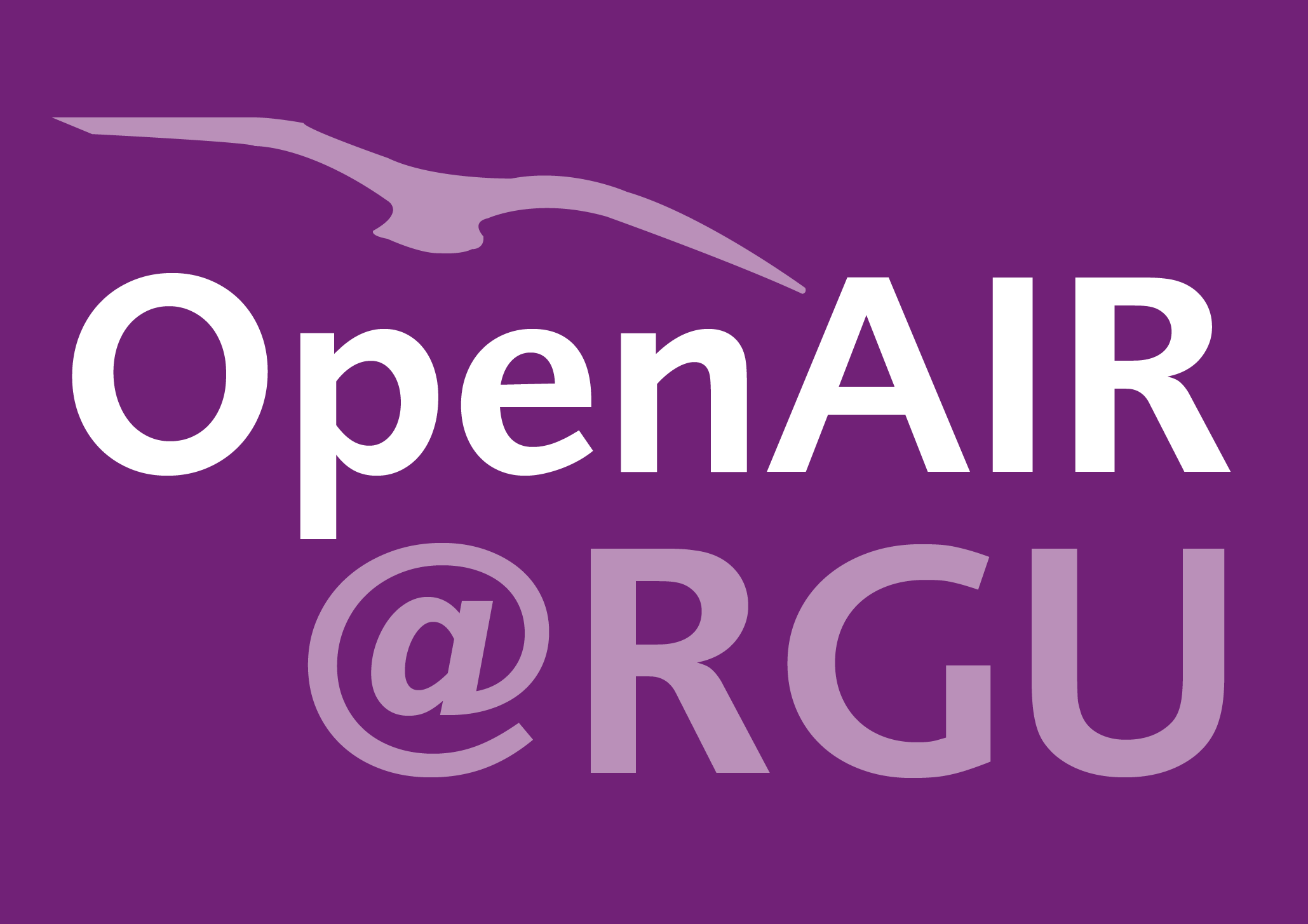Milo Wolf
Lengthened partial repetitions elicit similar muscular adaptations as full range of motion repetitions during resistance training in trained individuals.
Wolf, Milo; Korakakis, Patroklos Androulakis; Piñero, Alec; Mohan, Adam E.; Hermann, Tom; Augustin, Francesca; Sapuppo, Max; Lin, Brian; Coleman, Max; Burke, Ryan; Nippard, Jeff; Swinton, Paul A.; Schoenfeld, Brad J.
Authors
Patroklos Androulakis Korakakis
Alec Piñero
Adam E. Mohan
Tom Hermann
Francesca Augustin
Max Sapuppo
Brian Lin
Max Coleman
Ryan Burke
Jeff Nippard
Professor Paul Swinton p.swinton@rgu.ac.uk
Professor
Brad J. Schoenfeld
Abstract
Resistance training using different ranges of motion may produce varying effects on muscular adaptations. The purpose of this study was to compare the effects of lengthened partial repetitions (LPs) versus full range of motion (ROM) resistance training (RT) on muscular adaptations. In this within-participant study, thirty healthy, resistance-trained participants had their upper extremities randomly assigned to either a lengthened partial or full ROM condition; all other training variables were equivalent between limbs. The RT intervention was an eight-week program targeting upper-body musculature. Training consisted of two training sessions per week, with four exercises per session and four sets per exercise. Muscle hypertrophy of the elbow flexors and elbow extensors was evaluated using B-mode ultrasonography at 45 and 55% of humeral length. Muscle strength-endurance was assessed using a 10-repetition-maximum test on the lat pulldown exercise, both with a partial and full ROM. Data analysis employed a Bayesian framework with inferences made from posterior distributions and the strength of evidence for the existence of a difference through Bayes factors. Both muscle thickness and unilateral lat pulldown 10-repetition-maximum improvements were similar between the two conditions. Results were consistent across outcomes with point estimates close to zero, and Bayes factors (0.16 to 0.3) generally providing "moderate" support for the null hypothesis of equal improvement across interventions. Trainees seeking to maximize muscle size should likely emphasize the stretched position, either by using a full ROM or LPs during upper-body resistance training. For muscle strength-endurance, our findings suggest that LPs and full ROM elicit similar adaptations.
Citation
WOLF, M., KORAKAKIS, P.A., PIÑERO, A., MOHAN, A.E., HERMANN, T., AUGUSTIN, F., SAPUPPO, M., LIN, B., COLEMAN, M., BURKE, R., NIPPARD, J., SWINTON, P.A. and SCHOENFELD, B.J. 2025. Lengthened partial repetitions elicit similar muscular adaptations as full range of motion repetitions during resistance training in trained individuals. PeerJ [online], 13(2), e18904. Available from: https://doi.org/10.7717/peerj.18904
| Journal Article Type | Article |
|---|---|
| Acceptance Date | Jan 5, 2025 |
| Online Publication Date | Feb 12, 2025 |
| Publication Date | Feb 28, 2025 |
| Deposit Date | Jan 6, 2025 |
| Publicly Available Date | Feb 12, 2025 |
| Journal | PeerJ |
| Electronic ISSN | 2167-8359 |
| Publisher | PeerJ |
| Peer Reviewed | Peer Reviewed |
| Volume | 13 |
| Issue | 2 |
| Article Number | e18904 |
| DOI | https://doi.org/10.7717/peerj.18904 |
| Keywords | Range of motion; Hypertrophy; Strength; Rom; Lengthened partials; Full rom; Long muscle lengths; Long length partials; Full range of motion; Muscle growth; Strength |
| Public URL | https://rgu-repository.worktribe.com/output/2655981 |
| PMID | 39959841 |
| Additional Information | Portions of this article were previously published as part of a preprint, https://doi.org/10.51224/SRXIV.455 The data and anonymized videos of participants performing resistance training sessions in both conditions are available at OSF: https://doi.org/10.17605/OSF.IO/A6CPZ |
Files
WOLF 2025 Lengthened partial (VOR)
(2.1 Mb)
PDF
Publisher Licence URL
https://creativecommons.org/licenses/by/4.0/
Copyright Statement
© 2025 Wolf et al.
You might also like
Downloadable Citations
About OpenAIR@RGU
Administrator e-mail: publications@rgu.ac.uk
This application uses the following open-source libraries:
SheetJS Community Edition
Apache License Version 2.0 (http://www.apache.org/licenses/)
PDF.js
Apache License Version 2.0 (http://www.apache.org/licenses/)
Font Awesome
SIL OFL 1.1 (http://scripts.sil.org/OFL)
MIT License (http://opensource.org/licenses/mit-license.html)
CC BY 3.0 ( http://creativecommons.org/licenses/by/3.0/)
Powered by Worktribe © 2025
Advanced Search
